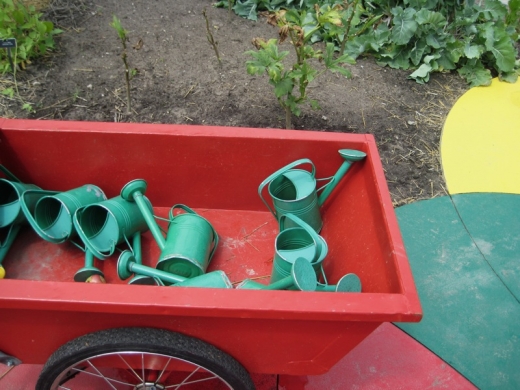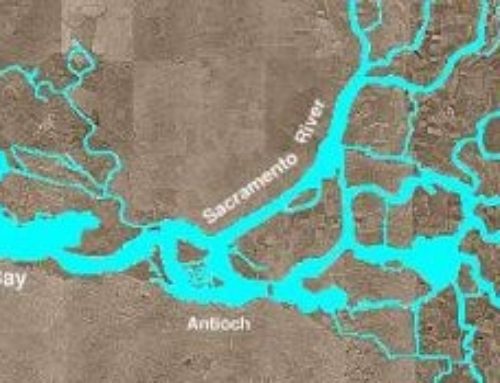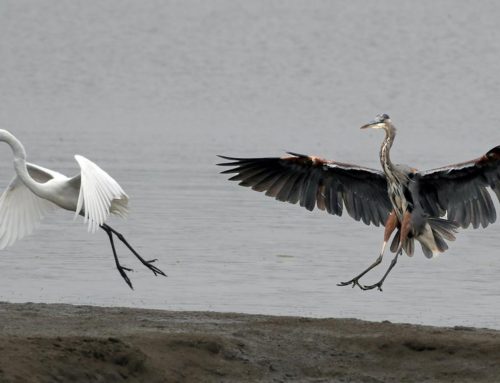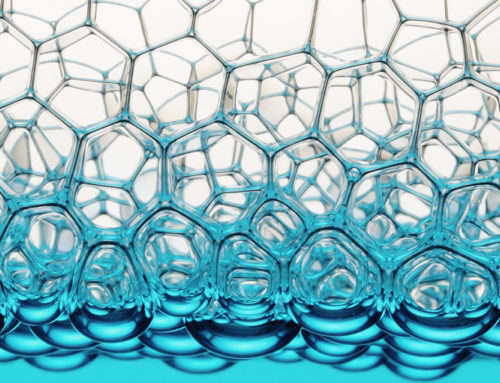-
Target Audience? Kids are a crucial one when it comes to teachability and a real chance at change. As more and more school gardens are incorporated as part of a school curriculum and activities, the question of water management must also arise. Wholly H2O held a great forum on this subject, with panelists Kevin Bayuk from the SF Permaculture Guild and Jessie Raeder from the Tuloumne River Trust. You can review the powerpoints from that forum here.
Another source of tips for kids (and their parents) is a short article published by kidsgardening.org. Hey, look, they know about the dinosaur pee too!
“Did you know there is as much water in the world today as there was millions of years ago? Actually, it is the very same water recycled through the hydrologic cycle. The water you drink or use in your garden today may contain the same molecules our ancestors or even the DINOSAURS once drank. Then why is water conservation so important? Even though there is an abundance of water, clean water is a very precious commodity and in some regions of the world a scarce resource.
There are numerous methods and strategies you can teach your children when it comes to the topic of water conservation. Taking steps to help your children understand the benefits of water conservation will help you conserve, retain and recycle water.
Here are several easy steps to reduce your water use at home. You may wish to discuss some of these steps with your children. Better yet, implement some of these conservation strategies and rainwater harvesting techniques in your garden this year!1. Cluster your moisture-loving plants. If you choose to grow plants that require lots of moisture, place them together in one landscape bed to save time and money by watering just one area of your landscape rather than multiple areas.
2. Install a Rain Barrel. To install a rain barrel, choose a downspout adjacent to a garden where you intend to recycle the water. Make sure the barrel can be placed on a level surface. To help with leveling, place a three inch layer of crushed gravel or stone dust below the barrel location.
3. Add mulch. Mulch helps in many ways to conserve water. First, as a buffer, it helps balance soil temperatures. Second, mulch serves as a blanket of protection for the soil which greatly reduces water loss by evaporation. Third, it suppresses weed growth which reduces the competition your plants have to obtain moisture. Finally, mulch helps control water runoff by improving infiltration. This helps keep the water where it’s intended – your landscape plantings.”







